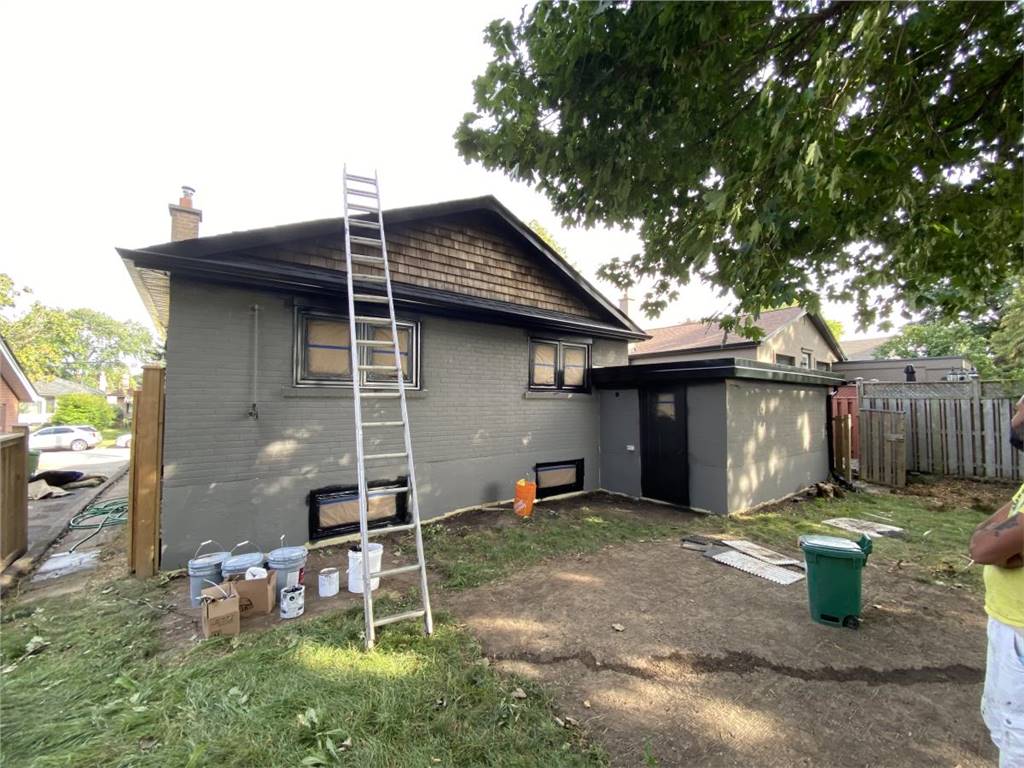
Most Popular Color Combinations For Children's Rooms
If you're in the process of painting your child's bedroom and are looking for some inspiration, you're in luck! We've compiled some of the most popular color combinations for children's rooms. Whether you're going for a bright and colorful look or something more subdued, we have a combination that will suit your needs. So take a look and get started on your project today!
What Are the Most Popular Color Combinations for Children's Rooms?
When it comes to choosing a color scheme for your child's bedroom, there are endless possibilities. However, some hues are more popular than others for kids' rooms. We've rounded up some of the most popular color combinations for children's bedrooms to help inspire your next decorating project.
Navy and White:
Navy and white is a classic color combination that works well for children's rooms. Navy is a versatile color that can be used as an accent or base color, and white desk furniture and bedding will help to brighten up the space. This combo is perfect for both boys and girls, and it can be easily accessorized with colorful artwork, rugs, and curtains.
Yellow and Gray:
Yellow and gray is a popular color combination for children's rooms. The two colors have a chic appeal and can be used to create a variety of different looks. yellow is a sunny, cheerful color that evokes feelings of happiness, while gray has a more sophisticated appeal. Together, the two colors make a dynamic duo that is perfect for kids' rooms.
If you're looking to create a bright and cheery space, consider painting the walls yellow and using gray as an accent color. You could also use patterned wallpaper with these colors or add in some colorful accessories to liven up the room. If you want to opt for a more sophisticated look, go for all gray walls with yellow accents.
Yellow and Magenta:
Yellow and magenta are two colors that can go great together in a child's room. When choosing a color scheme for a child's room, it is important to consider the child's personality and what colors they are most drawn to. For a yellow and magenta color combination, we recommend adding pops of both colors throughout the room in accessories, wall art, bedding, or even with furniture. This combination is perfect for an energetic child who loves to have fun and be surrounded by bright colors.
Purple and Orange:
Purple and orange are complementary colors, which means they create the most visual contrast when placed next to each other. This strong contrast can be visually stimulating for children and may help to stimulate their minds and encourage creativity.
When used in a children's room, purple and orange can also create a fun and energetic atmosphere. If you're looking for a color combination that will make your child's room stand out, purple and orange is a great option.
Light Pink and Brown:
Pink and brown is a popular color combination for children's rooms. Light pink is associated with sweetness and innocence, while brown represents stability and safety. This mix of colors can create a warm and inviting space for your child to sleep, play, and feel comfortable in. When choosing light pink and brown for your child's room, consider what type of mood you want to create. If you want a softer feel, go with a lighter shade of pink. For a more dramatic look, try using a deeper hue of pink. You can also add other colors to the mix to create different effects. For example, adding white can make the room feel airier, while adding black can give it more of an elegant look.
Blue and White:
Blue and white as a color combination for children's rooms can be calming and provide a sense of order. Blue is often associated with feelings of calm, while white is often seen as being clean and pure.
When used together in a children's room, blue and white can provide a soothing, restful environment that helps to promote concentration and focus. The colors can also be helpful in promoting feelings of happiness and joy in children.



